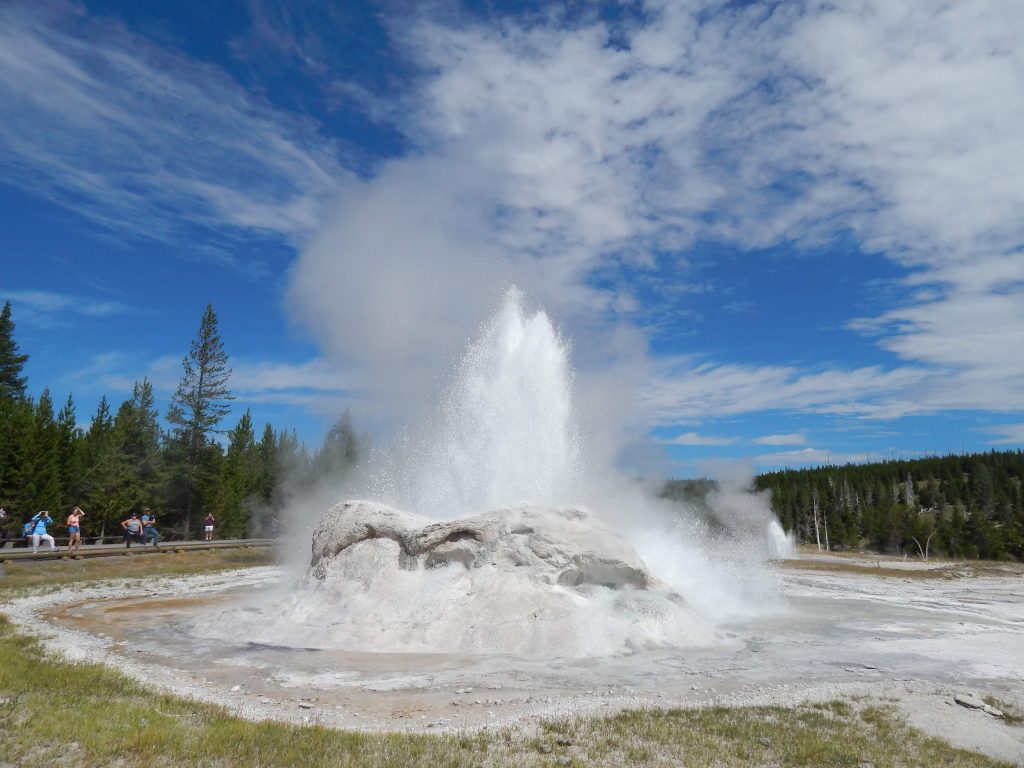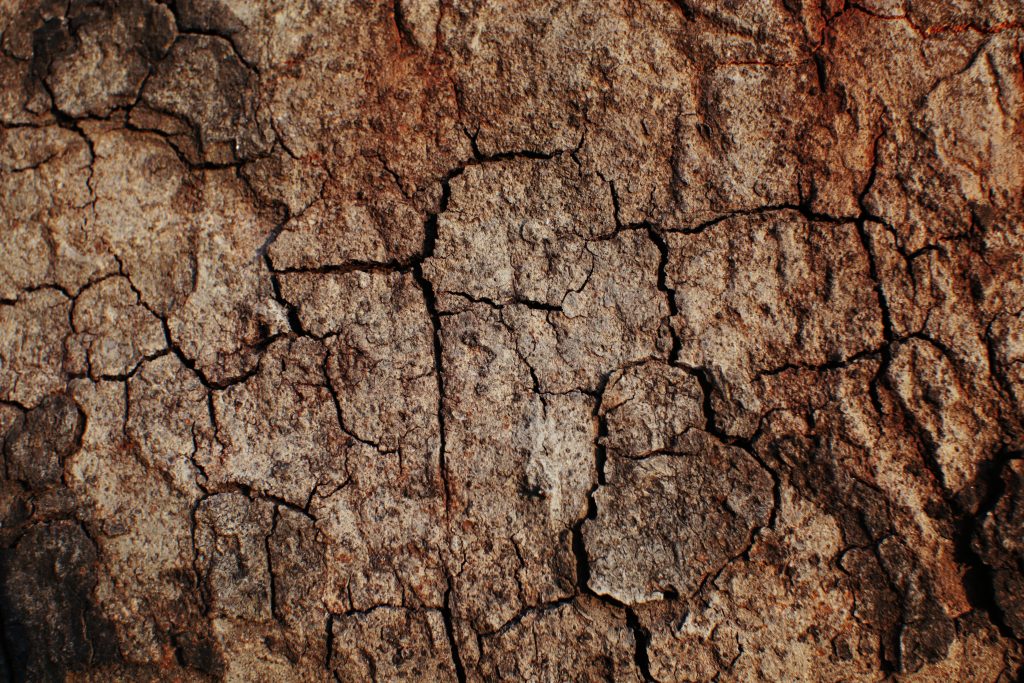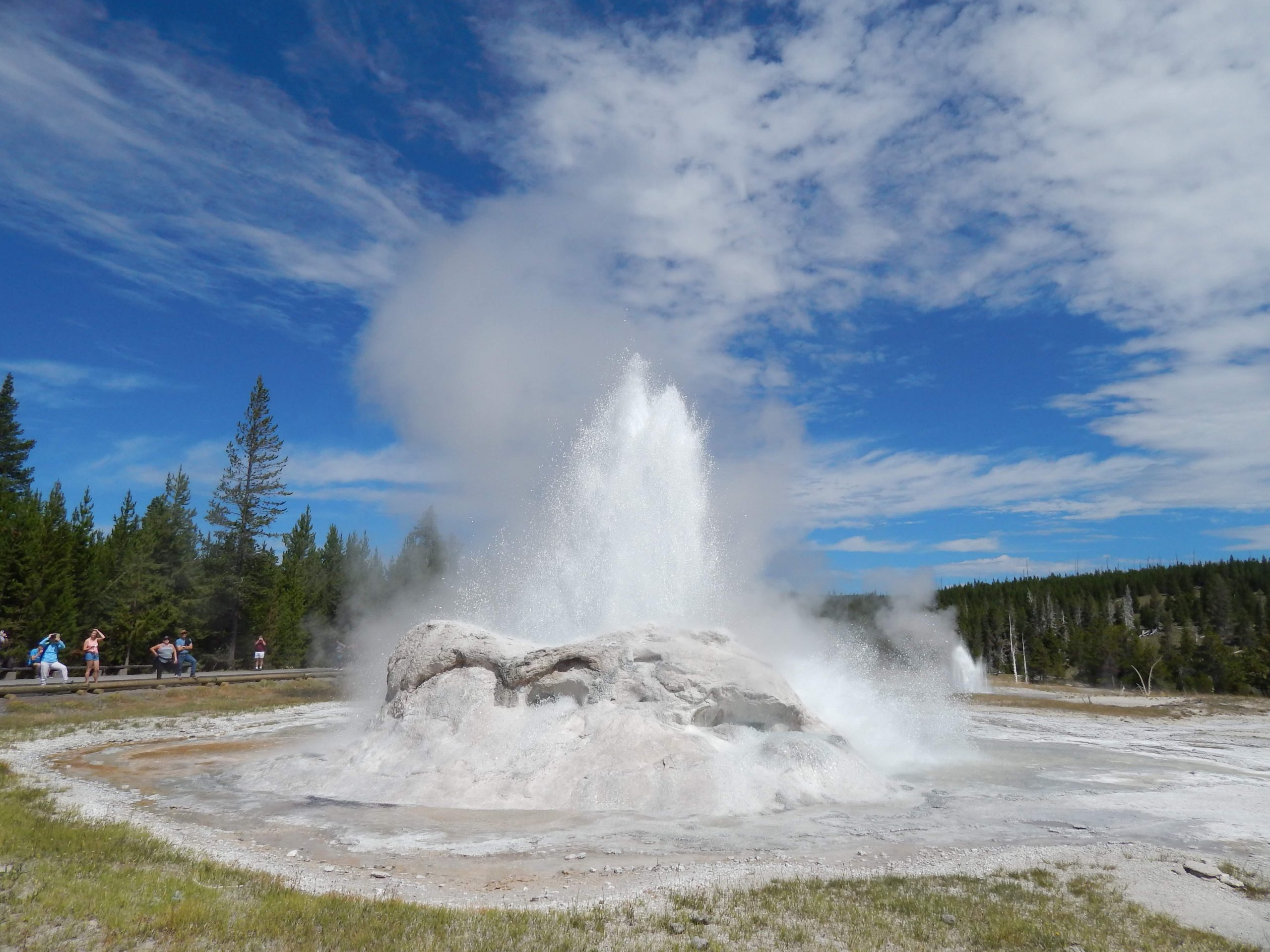Don't miss our holiday offer - 20% OFF!

Read also : Security and Preparedness Enhanced by Smart EWS Technology
Earthquakes and tsunamis are natural disasters that pose threats to life and property. To enhance preparedness and response to these threats, pressure sensors play a key role in early detection technology. This article will delve into the workings of pressure sensors in early detection of earthquakes and tsunamis, unlocking the door to a decoding and critical world of technology for community safety.
How Pressure Sensors Detect Earthquakes

Read also : Tide and Surge Detection with IoT Sensors
Pressure sensors operate by measuring changes in atmospheric pressure during an earthquake. When an earthquake occurs, seismic waves cause fluctuations in air pressure. Carefully positioned pressure sensors can detect these changes and send early detection signals, enabling a faster response.
The Role of Pressure Sensors in Early Tsunami Detection

Read also : The Role of Gas Sensors in Building Safety and Efficiency
When an earthquake occurs at sea, pressure sensors on the ocean floor can detect changes in water pressure associated with tsunami movements. This information provides crucial early warnings, triggering evacuation measures before powerful waves reach the shore.
Conclusion
By unraveling the decoding of how pressure sensors work in early detection of earthquakes and tsunamis, we understand the critical role of this technology in protecting communities. Pressure sensors act as keen eyes both underwater and on the surface, providing vital information for a faster and more effective response. By continuously developing and integrating pressure sensors, enhance early detection, reduce disaster uncertainty, and safeguard coastal and inland safety.





